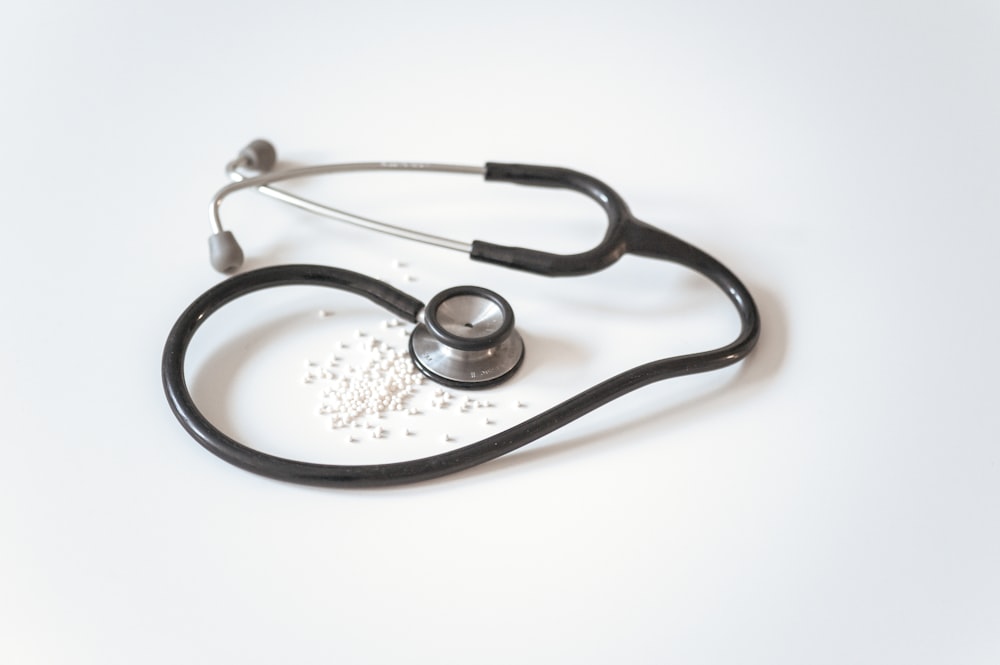Nov. 5, 2020 06:00 UTC
TOKYO & CAMBRIDGE, Mass.--(BUSINESS WIRE)-- Modalis Therapeutics Corporation (Modalis) (TOKYO: 4883), a leading company developing innovative products for the treatment of rare genetic diseases utilizing its proprietary CRISPR-GNDM epigenetic gene modulation technology, today reported financial results for the third quarter ended September 30, 2020, as well as recent operational highlights.
"Our goal is to create CRISPR based gene therapies for genetic disorders, most of which fall into the orphan disease category. There should be no disease that is ignored because of its small patient population, and our mission to develop disease modifying treatments for these diseases reflects our belief that Every Life Deserves Attention. We are proud to be a pioneer in CRISPR based gene modulation therapies and we are grateful to our investors and employees who are working to fulfill this important mission, said Haru Morita, Chief Executive Officer of Modalis.
Operational Highlights:
Third Quarter 2020 Financial Results:
About Modalis:
Modalis Therapeutics is developing precision genetic medicines through epigenetic gene modulation. Founded by Osamu Nureki and leading scientists in CRISPR gene editing from University of Tokyo, Modalis is pursuing therapies for orphan genetic diseases using its proprietary CRISPR-GNDM technology which enables the locus specific modulation of gene expression or histone modification without the need for double-stranded DNA cleavage, gene editing or base editing. Modalis is focusing initially on genetic disorders caused by loss of gene regulation resulting in excess or insufficient protein production which includes more than 660 genes that are currently estimated to cause human disease due to haploinsufficiency. Headquartered in Tokyo with laboratories and facilities in Cambridge, Massachusetts. For additional information, visit http://www.modalistx.com.
Consolidated Financial Results for the Nine Months Ended September 30, 2020 [Japanese GAAP]
Company name: Modalis Therapeutics CorporationStock exchange listing: Tokyo Stock ExchangeCode number: 4883URL: https://www.modalistx.com/jp/ Representative: Haruhiko Morita, President and Representative DirectorContact: Naoki Kobayashi, CFO and Executive OfficerPhone: +81-3-6822-4584Scheduled date of filing quarterly securities report: November 13, 2020Scheduled date of commencing dividend payments: -Availability of supplementary briefing material on quarterly financial results: AvailableSchedule of quarterly financial results briefing session: -
(Amounts of less than one million yen are rounded down.)
1.
Consolidated Financial Results for the Nine Months Ended September 30, 2020 (January 1, 2020 to September 30, 2020)
(1) Consolidated Operating Results
(% indicates changes from the previous corresponding period.)
Operating revenue
Operating income
Ordinary income
Profit attributable toowners of parent
Nine months ended
Million yen
%
Million yen
%
Million yen
%
Million yen
%
September 30, 2020
340
-
168
-
209
-
214
-
September 30, 2019
-
-
-
-
-
-
-
-
(Note)
Comprehensive income:
Nine months ended September 30, 2020: 215 million [-%]
Nine months ended September 30, 2019: - million [-%]
Basic earnings
per share
Diluted earnings
per share
Nine months ended
Yen
Yen
September 30, 2020
8.34
-
September 30, 2019
-
-
(Notes)
1. The Company has not prepared the consolidated financial statements for the nine months ended September 2019. Accordingly, no figures are shown for the nine months ended September 30, 2019 and no percentage changes are shown for the nine months ended September 30, 2020.
2. Although the Company has dilutive shares, diluted earnings per share are not indicated because the Companys shares were not listed and the average share price is not available for the period under review.
(2) Consolidated Financial Position
Total assets
Net assets
Capital adequacyratio
Million yen
Million yen
%
As of September 30, 2020
6,480
6,428
99.2
As of December 31, 2019
3,938
3,842
97.6
(Reference)
Equity:
As of September 30, 2020: 6,428 million
As of December 31, 2019: 3,842 million
View source version on businesswire.com: https://www.businesswire.com/news/home/20201104005831/en/
Original post:
Modalis Therapeutics Reports Third Quarter 2020 Financial Results and Operational Highlights - BioSpace


